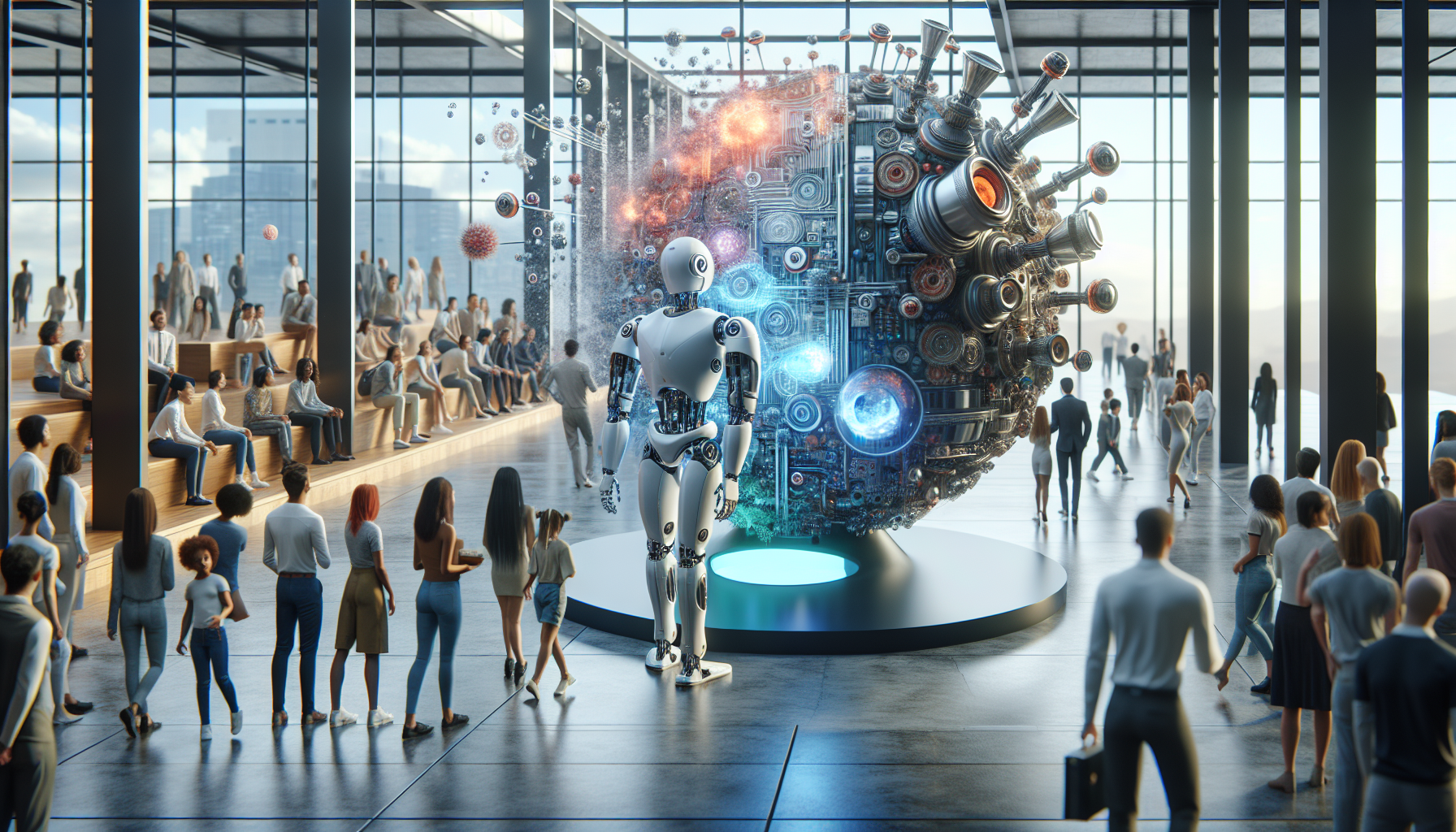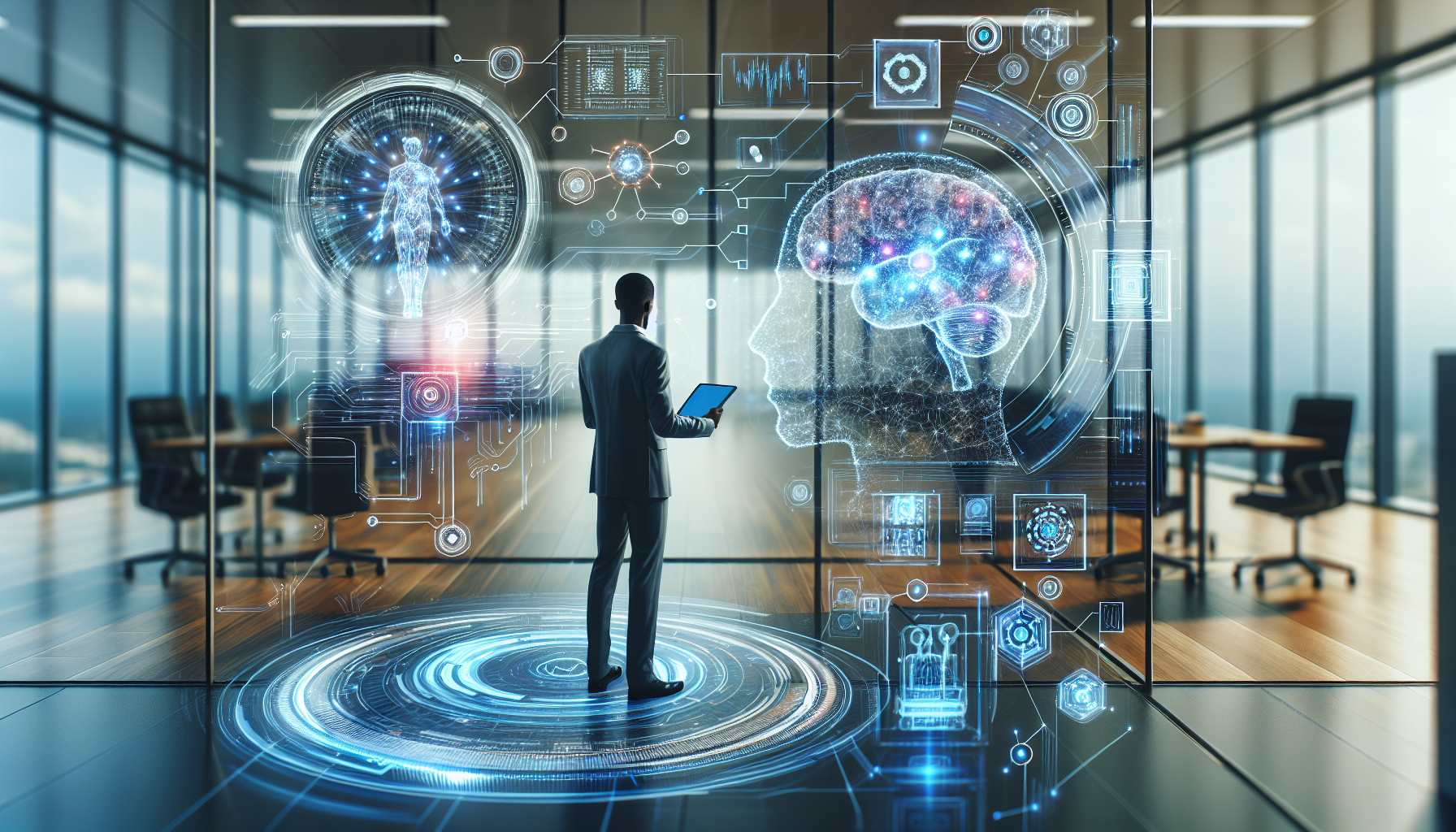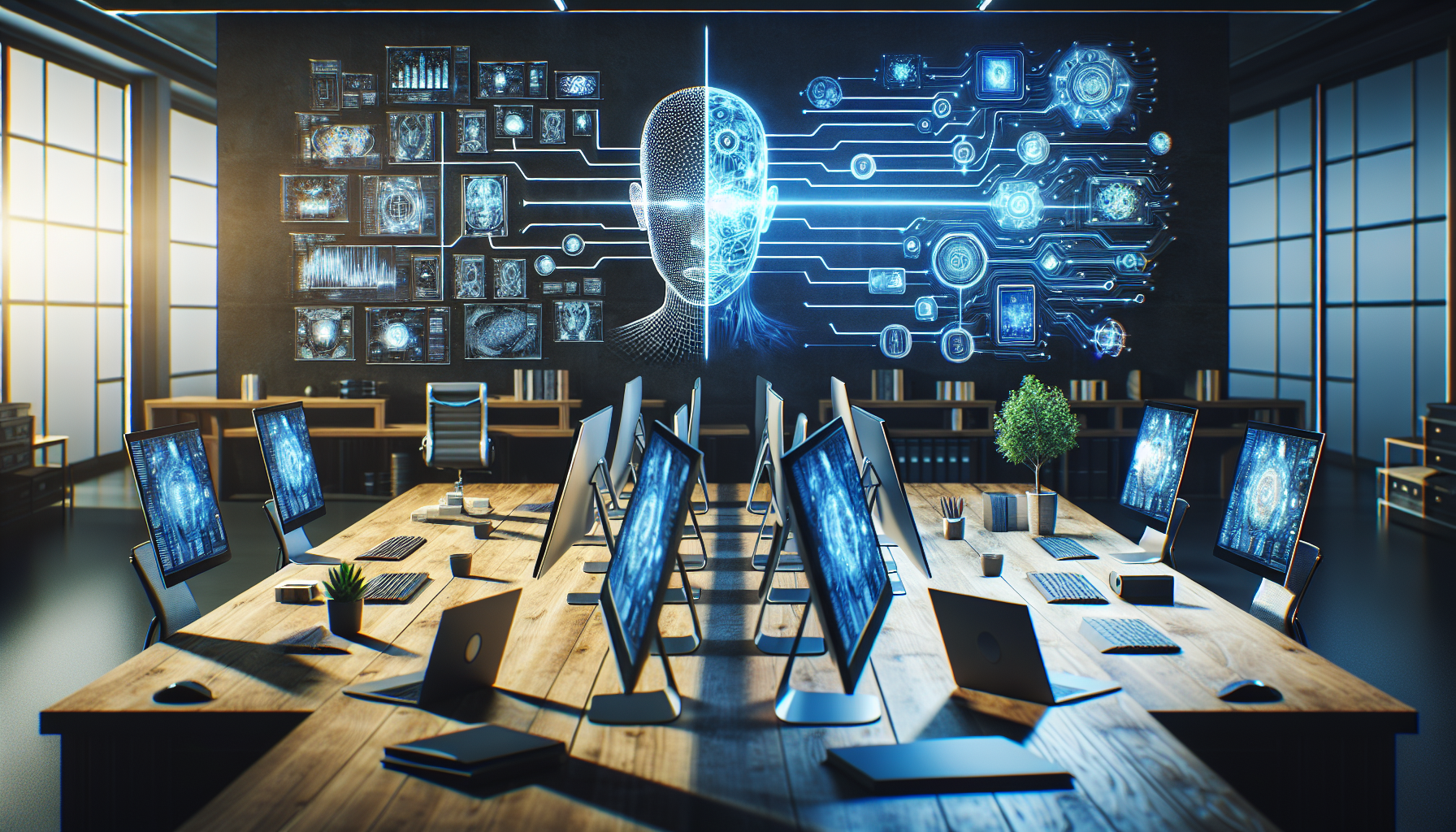
Bias in AI: Myth Busting for a Fair and Inclusive Future
November 8, 2025
Artificial Intelligence has been rapidly transforming industries, sparking both innovation and debate. One of the most critical discussions centers around bias in AI systems. It's a topic that stirs concern, especially regarding fairness and inclusivity. But amidst the noise, myths often blur the line between perception and reality. Let's unravel these misconceptions and explore how AI can pave a path toward a more equitable future.
One prevalent myth is that bias in AI is an insurmountable problem. However, the truth is far more nuanced. Bias in AI arises primarily from the data used to train these systems. If the data reflects historical inequalities or stereotypes, the AI can inadvertently perpetuate these biases. Yet, acknowledging the issue is a significant first step. Researchers and developers are increasingly committed to identifying and mitigating these biases, employing more diverse datasets and innovative techniques like fairness-aware algorithms. The journey is challenging, but not impossible.
Another misconception is that AI's biases are solely technical issues, best left to engineers and data scientists. This myth overlooks the societal and ethical dimensions of AI development. Addressing bias requires a collaborative effort across disciplines. Ethicists, sociologists, policymakers, and technologists must come together to create guidelines and frameworks that promote fairness. By involving diverse perspectives, the AI community can better understand the societal implications of their technologies and develop more inclusive solutions.
Many assume that AI systems can become entirely unbiased, a notion that simplifies the complexity of human decision-making. Human biases are deeply ingrained and multifaceted, and expecting AI to be completely neutral is unrealistic. Instead, the goal should be to minimize bias and make AI systems as equitable as possible. This requires a continuous process of assessment and improvement, where AI systems are rigorously tested and updated to reflect evolving understandings of fairness.
A lesser-known fact is that bias in AI can sometimes be advantageous when used with intention and transparency. For example, in healthcare, AI can be tailored to recognize patterns specific to underrepresented groups, potentially leading to more personalized and effective treatments. By acknowledging the existence of biases, developers can harness them to address disparities and improve outcomes for marginalized communities.
There's also a myth that users are powerless against biased AI. In reality, awareness and advocacy are powerful tools for change. As consumers, individuals can demand transparency and accountability from companies deploying AI technologies. Organizations are increasingly responding to this demand by implementing more robust ethical standards and providing insights into how their AI systems make decisions. Public pressure and informed advocacy can drive companies to prioritize fairness and inclusivity.
It's inspiring to see a growing number of initiatives dedicated to tackling AI bias. Educational programs are equipping the next generation of AI developers with the tools and knowledge to create fairer systems. Open-source platforms and collaborative projects are fostering a culture of transparency and shared learning, where best practices are widely disseminated. These efforts are building a community of innovators committed to using AI for social good.
As AI continues to evolve, it's crucial to remain vigilant and proactive. Bias in AI is not a problem to be solved once and forgotten but a dynamic challenge requiring ongoing attention. By dispelling myths and embracing a multifaceted approach, we can guide AI development toward a future that values fairness and inclusivity.
Imagine a world where AI systems help eliminate rather than exacerbate social inequalities. A world where technology empowers everyone, regardless of race, gender, or socioeconomic status. How can we, as a society, ensure that AI serves as a tool for justice and equality? The answer lies in our collective effort to challenge assumptions, engage in informed dialogue, and innovate with empathy. The path ahead is filled with possibilities, limited only by our willingness to explore and act.


